Honda's radical new Saloon concept, which serves to preview a line of revolutionary new EVs dubbed the 0 Series, is 90% ready for production in 2026.
At its unveiling at CES in Las Vegas, bosses confirmed that the final car has been designed, and testing of the production car is now under way at Honda's US headquarters ahead of an expected reveal in 2025.
It will be the first in Honda's new 0 Series electric car line-up. Representing a ground-up overhaul of the Japanese brand's approach to electric car development and majoring on efficiency, engagement, spaciousness and autonomy, the new models will be sold in global markets including Europe, following a launch in the US.
Honda's European boss, Katsuhisa Okuda, said the 0 Series is about "creating outstanding projects from zero, unconstrained by existing assumptions".
With this new line of EVs, Honda is "going back to the starting point of Honda as an auto maker and creating new EVs from zero", hence the 0 Series name.
It showed two concepts previewing this new family at CES in Las Vegas: a rakish, low-slung flagship simply named the Saloon and the larger Space-Hub, a flexibility-focused people-mover that blends elements of SUVs and MPVs. The Space-Hub concept has not been confirmed for production. However, a smaller, similarly conceived SUV is inbound as part of the 0 Series and follows similar principles.
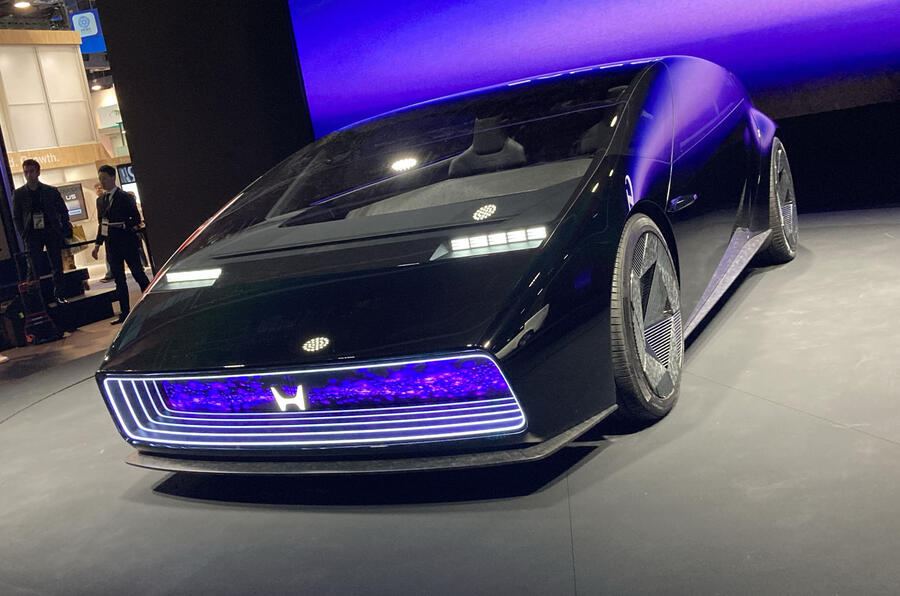
The Saloon, meanwhile, will "90% keep this appearance", confirmed designer Toshinobu Minami, adding that it will lose some of the concept's more outlandish features for production, including the gullwing doors.
The high-definition digital display on the front end could make it to showrooms, he added, but he said Honda is evaluating "what would be good to display". He added: "We don't want it to be solely for display."
It could also take an actual name, rather than a numerical or alphabetical designation like e:NY1, into production. Minami said: "It's something we are thinking about and having lots of difficulty with."



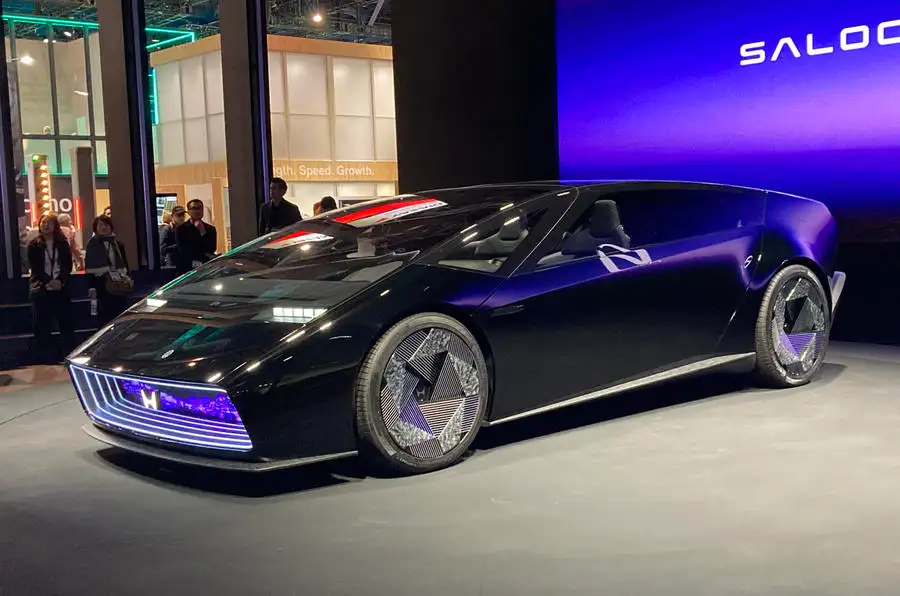
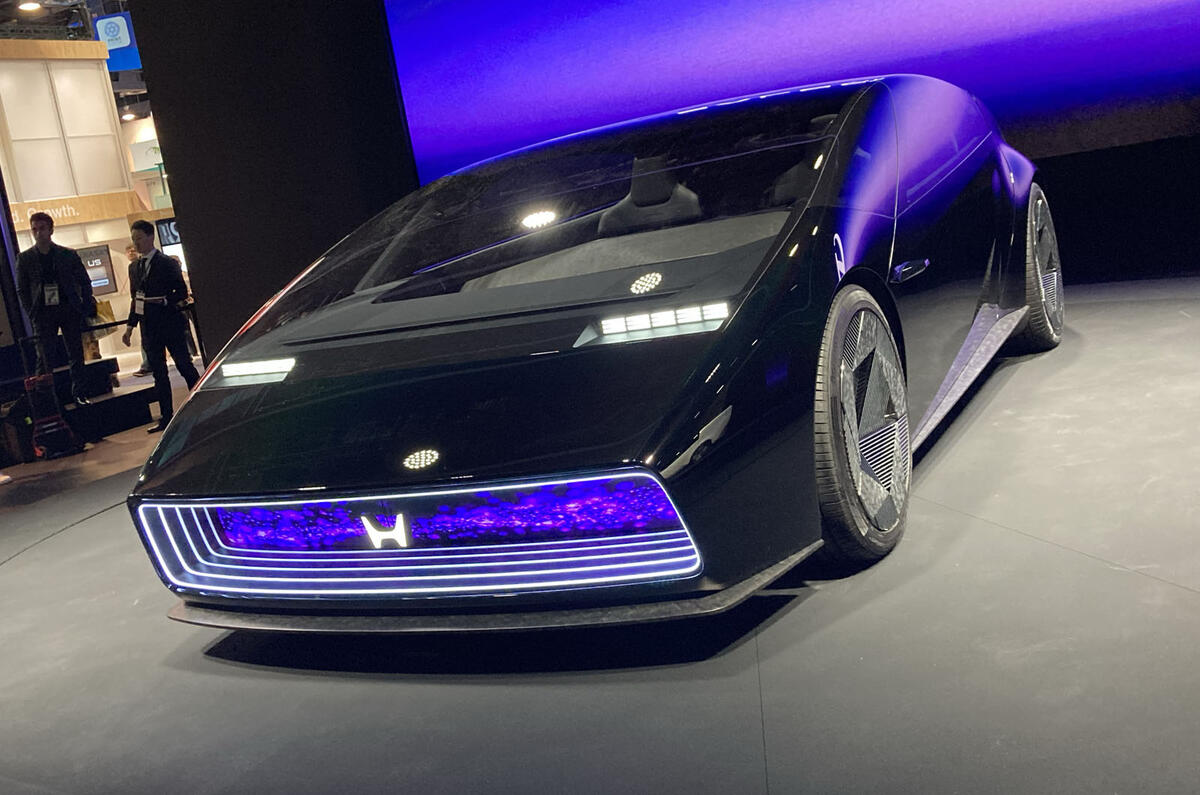
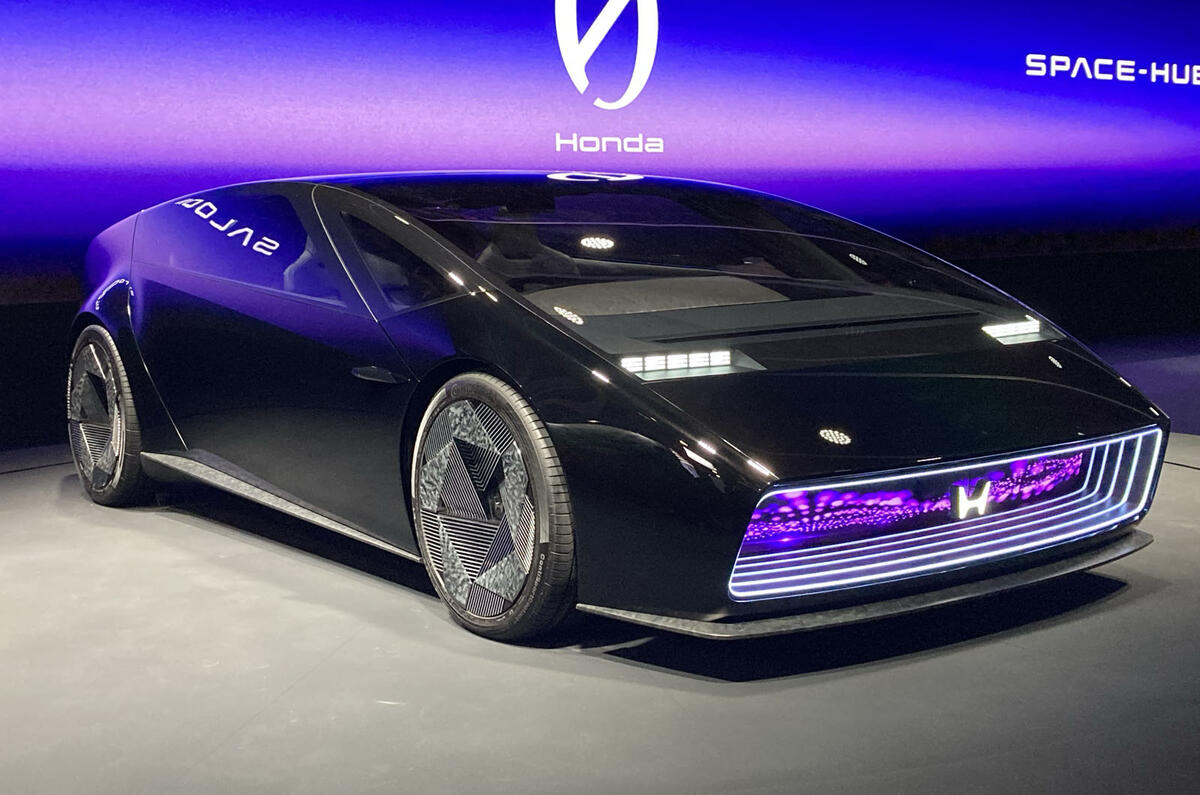
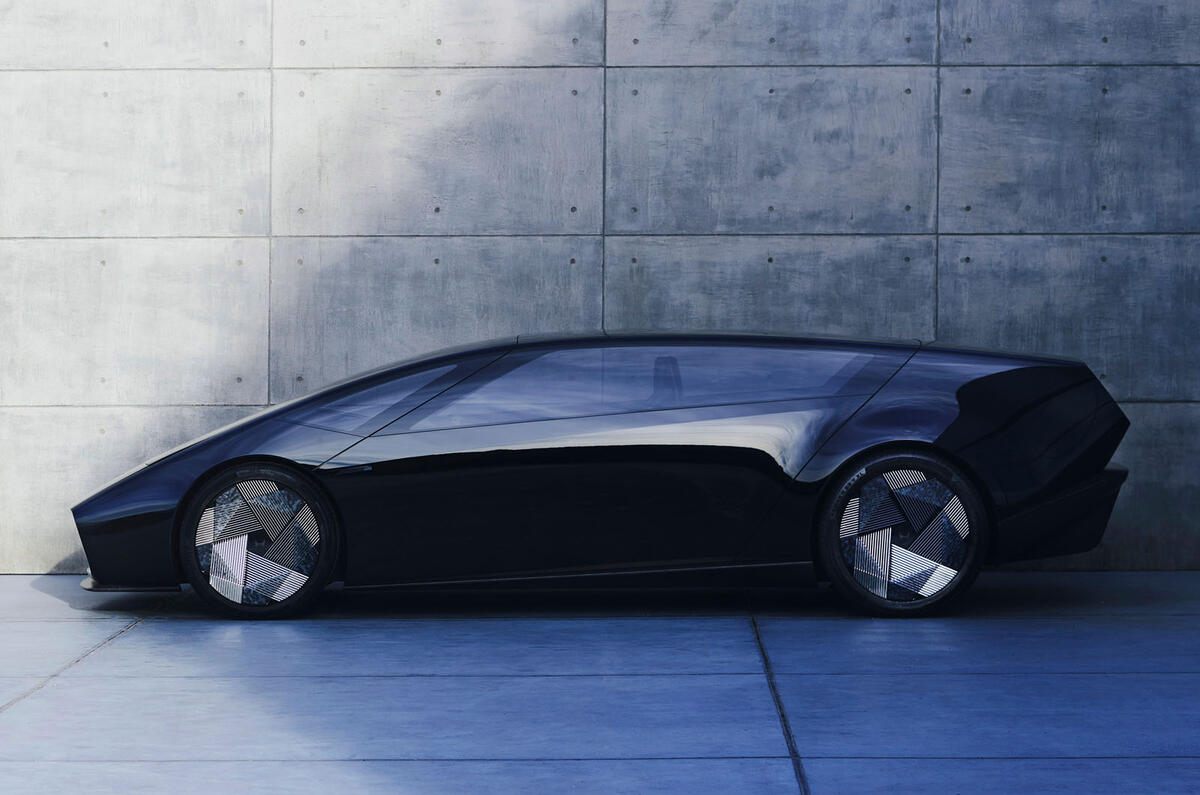
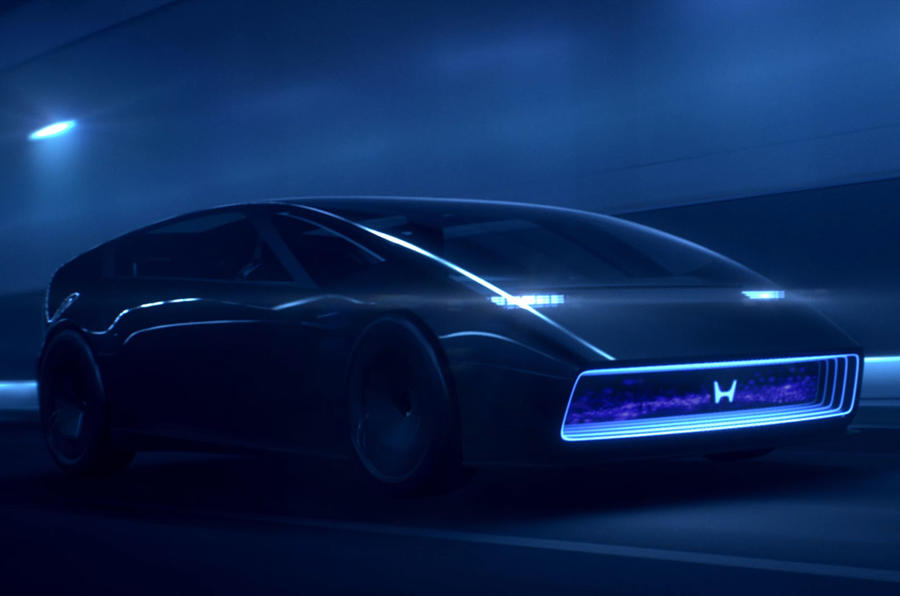
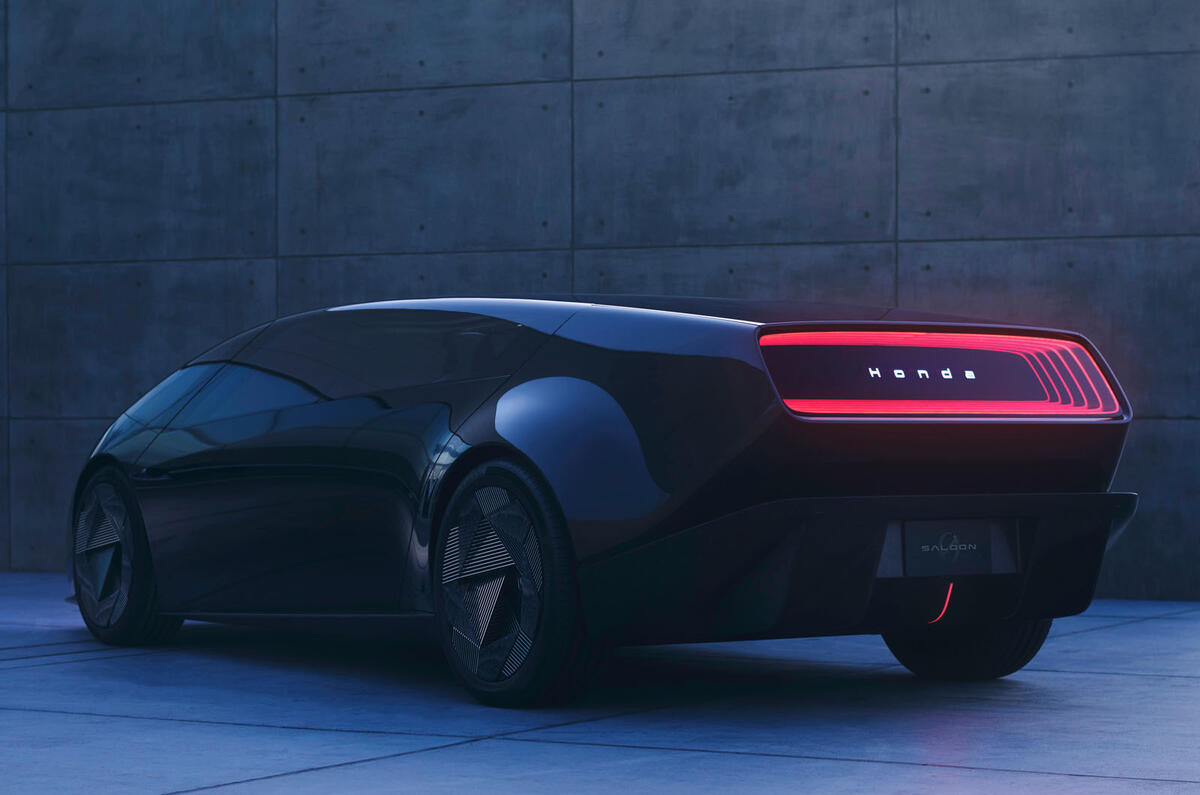
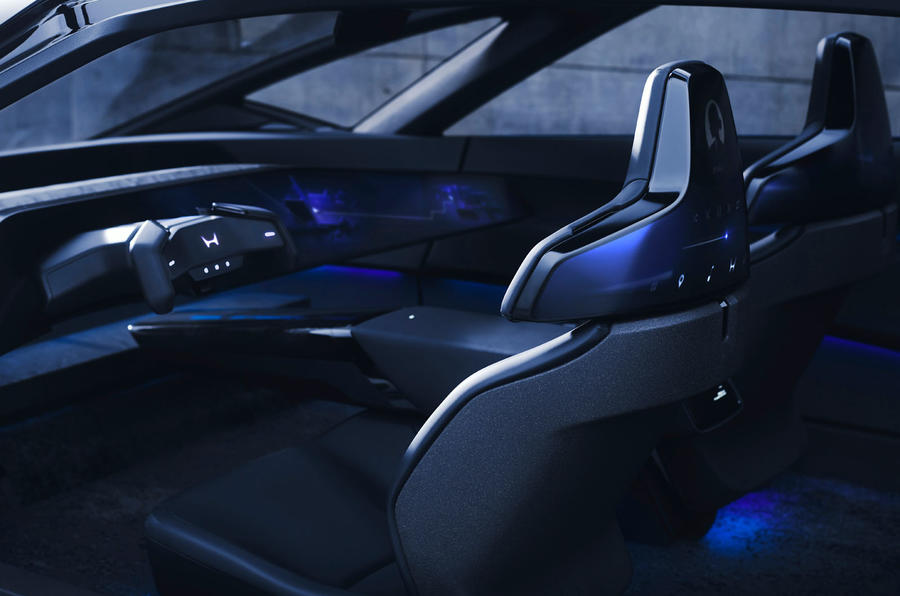
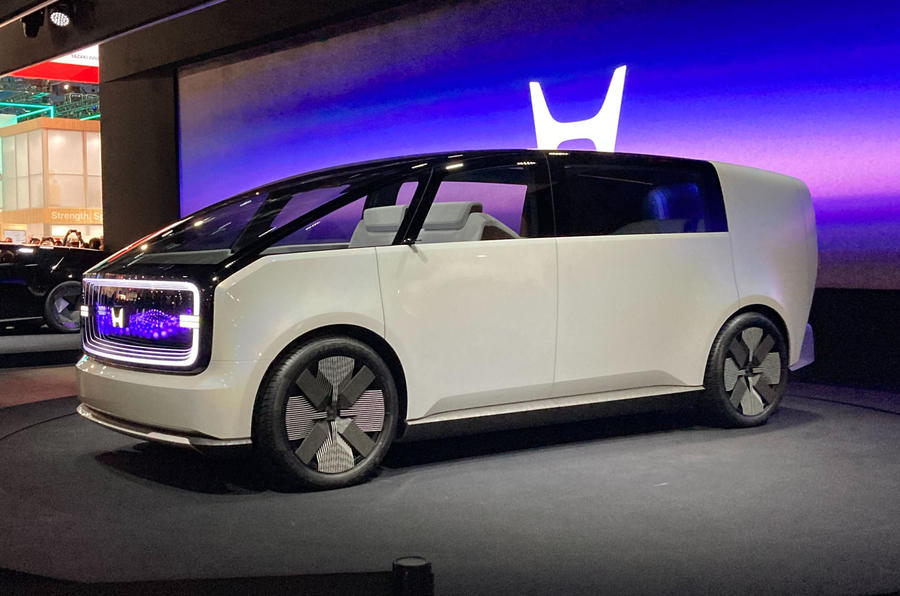
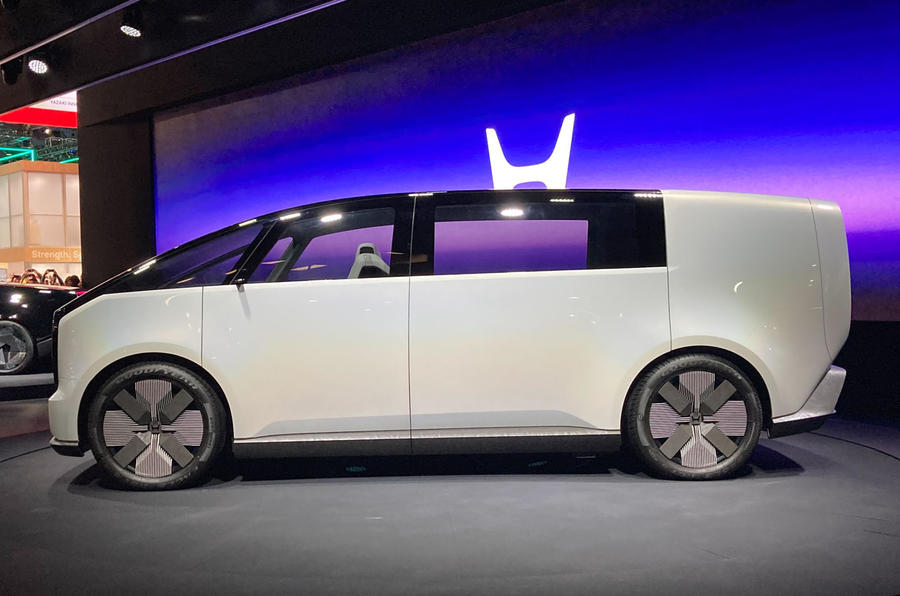
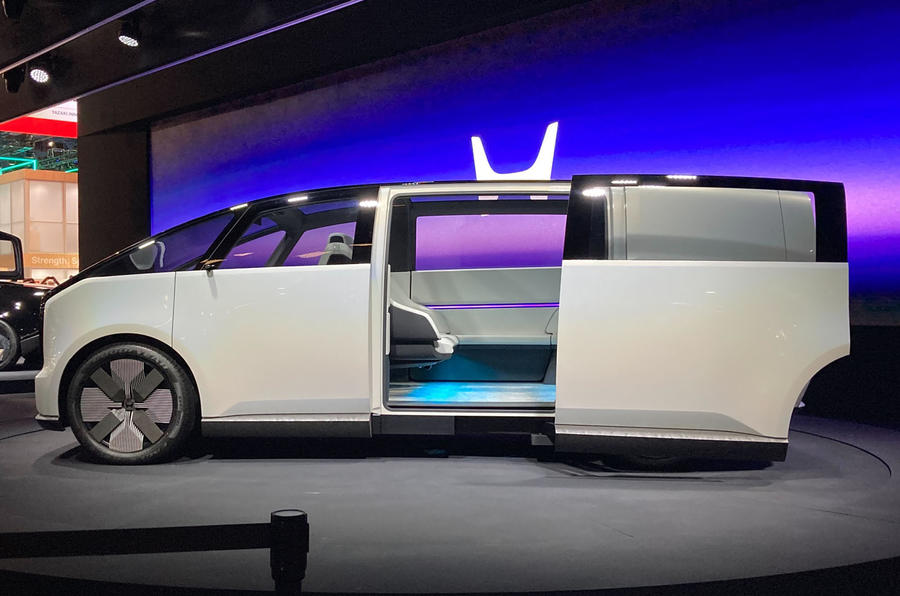
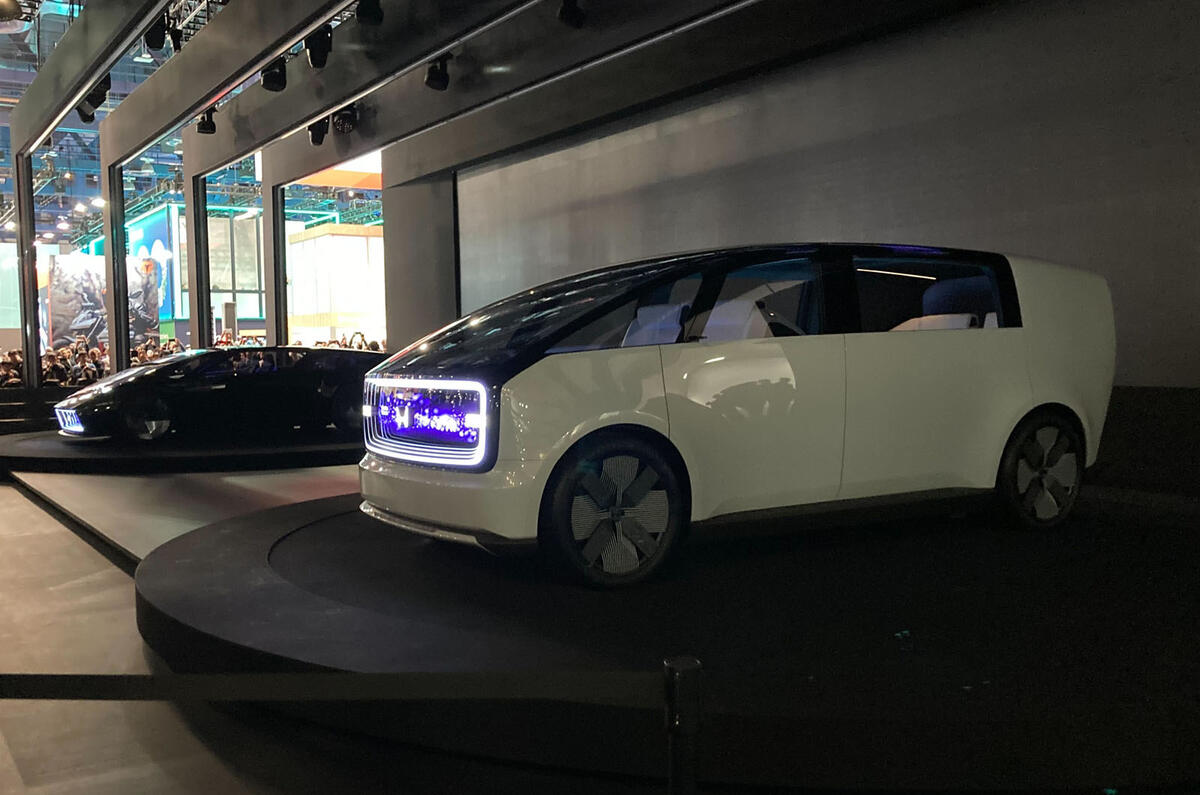
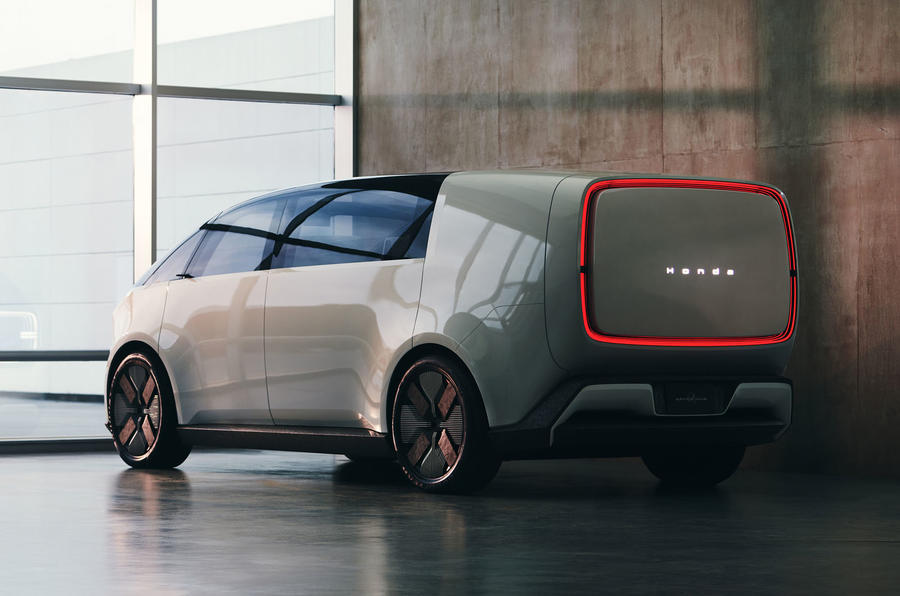
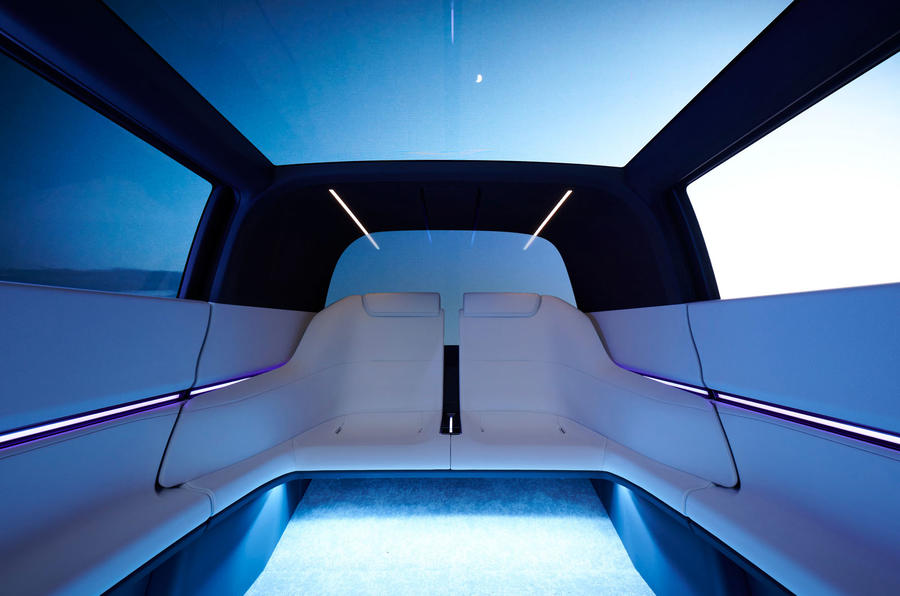
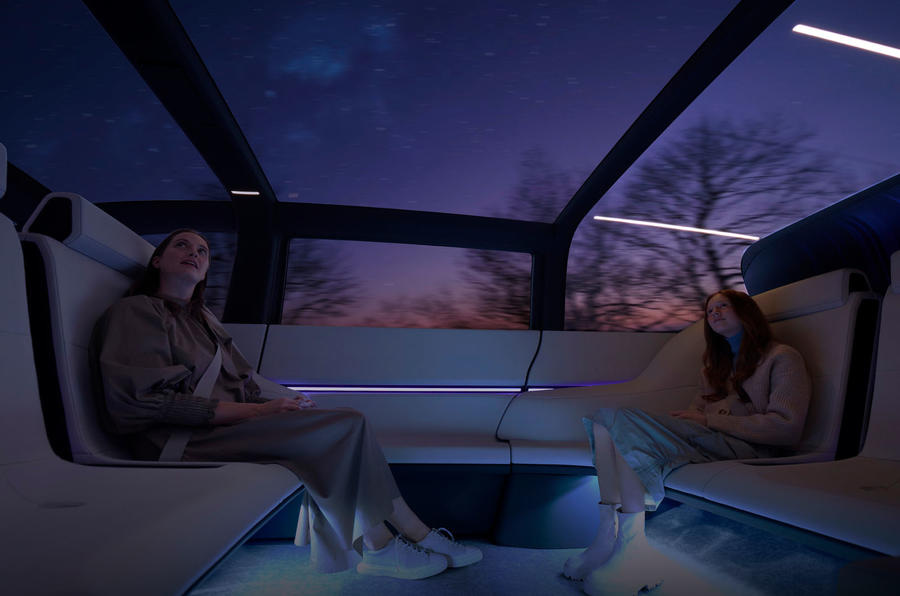
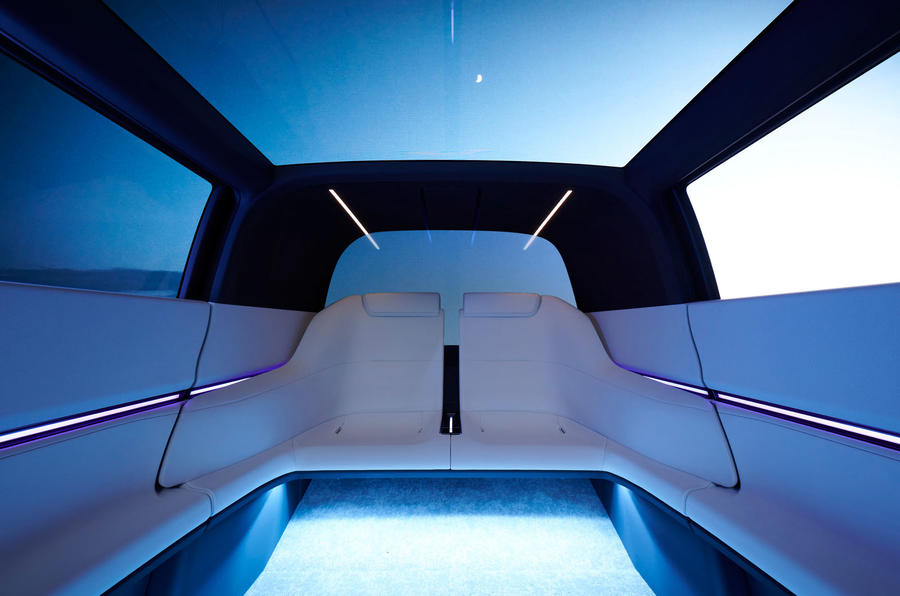
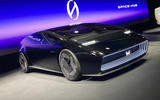
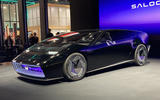
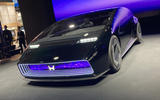
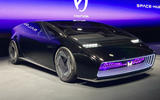
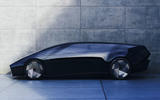
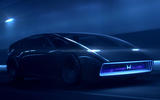
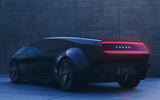
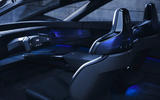

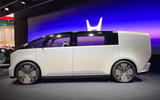
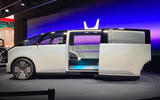
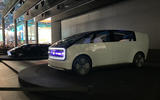
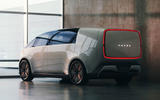
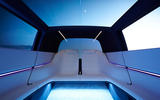
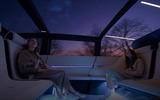
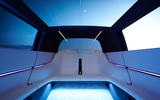

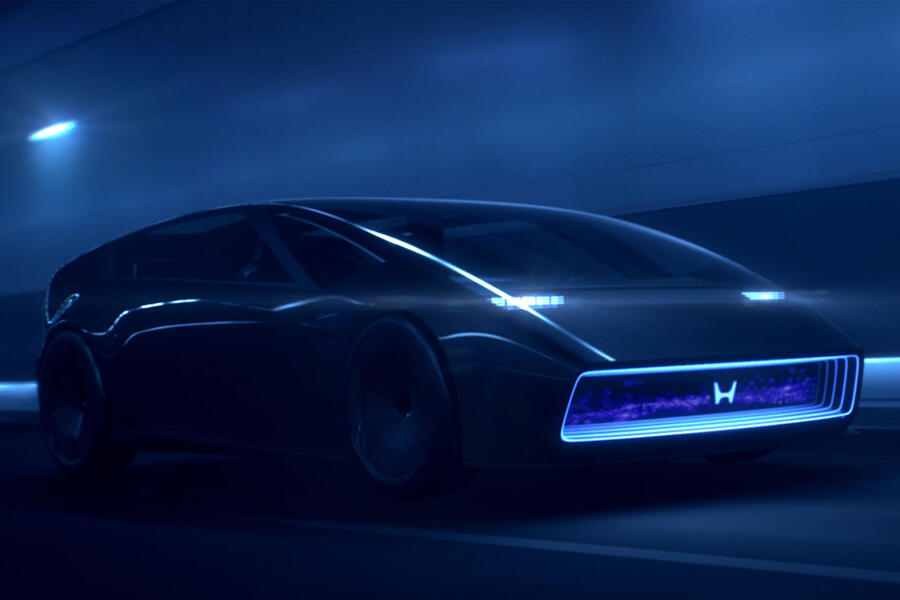
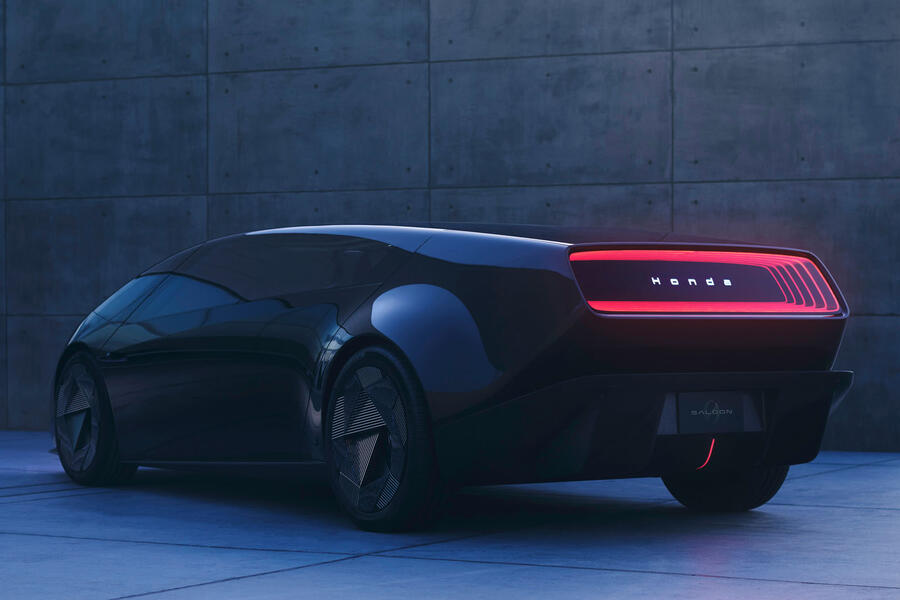
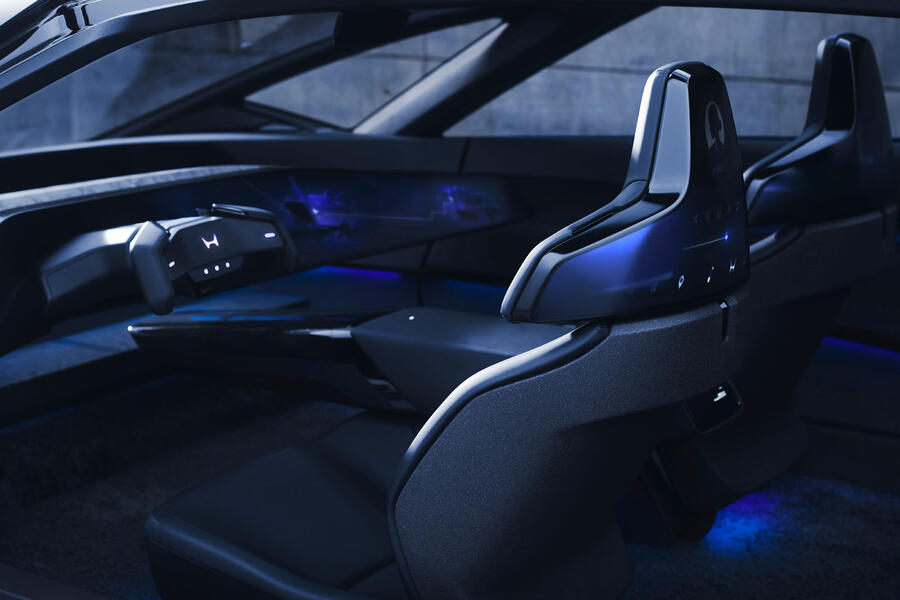






Join the debate
Add your comment
Yep. Very unlikely to be a coincidence.
Certainly two of the most interesting offerings from Honda for a long time , in Europe the company stopped selling both the Accord & Legend models so is the saloon likely to end up in the luxury US range Acura? If the Space Hub got to the production stage would it be up against the new Lexus LM or become a more mundane MPV? it would make a great taxi though